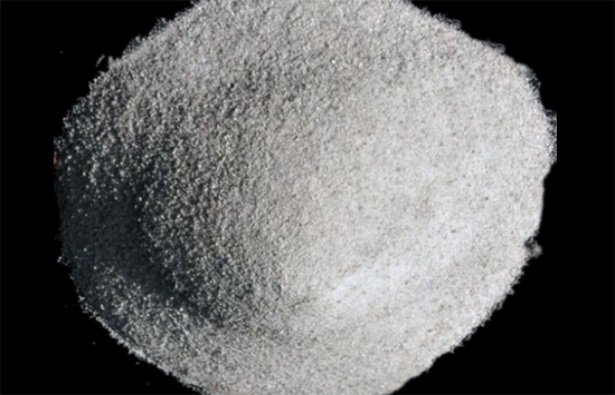Refractory raw material plate corundum, zirconium corundum introduction and electric fused corundum production process:

Introduction of plate corundum:
Is a pure, no additives such as MgO, B2O3 and other sintered corundum shrinkage thoroughly, with coarse crystal, well-developed α-Al2O3 crystal structure. Plate crystal structure, small pores and many closed pores and porosity is roughly equivalent to fused fused alumina, high purity, good volume stability, minimal reburning shrinkage. Volume density ≥3.70g/cm3, Al2O3≥99%, Na2O < O.3%. Plate corundum is an ideal refractory raw material, which has good heating volume stability and good thermal shock resistance. It can be used as aggregate in various aluminum refractory materials, and can also be added to other aluminum amorphous refractory materials. All fused alumina or white fused alumina application parts can be replaced by plate corundum, and make the performance of refractory materials improved.
Production process of fused corundum:
The production process of electromelting is a reduction melting process. The purpose is to remove Fe2O3, TiO2 and CaO from the impurities through reduction, so as to obtain complete crystal and dense structure.
In smelting, carbon-containing substances (anthracite, coke, petroleum coke, etc.) are used as reducing agents. The reaction principle is as follows:
SiO2+C→Si+2CO
Fe2O3(FeO)+C→2Fe+3CO
Si+Fe→Si-Fe alloy
TiO+2C→Ti+2CO
TiO2+2C→Ti2O3+CO
TiO2+2C→TiO+CO
CaO→CaO·6Al2O3,CaO·Al2O3·2SiO2
Reduced iron, silicon, titanium and other metals into the ferrosilicon alloy, ferrosilicon alloy density is larger than Al2O3, sunk in the bottom of the furnace, and Al2O3 molten separation.
In the reduction and melting process, part of TiO2 is reduced into some titanium minerals, such as: gamma-tio2, m-TiO2, TiC, etc., these minerals in the cooling to 400 ~ 600℃ between the dramatic expansion and the frit cracks, this is due to the formation of rutile oxide. Thus, this effect can be eliminated by adding oxides (rolled steel skins) at the end of smelting to oxidize the reduced titanium and its compounds.
Zirconium corundum introduction:
Zirconium corundum is made by smelting alumina and zirconia in electric arc furnace at high temperature above 2000℃. According to the content of ZrO2, there are generally low zirconium corundum (ZrO210% ~ 15%), medium zirconium corundum (ZrO25%) and high zirconium corundum (ZrO240%). The main phase of Zro-steatite is α-Al2O3, the secondary phase is plagiozircon, and there is a small amount of glass phase.
Zirconium corundum tough texture, dense structure, high strength, good thermal shock resistance, generally greyish brown, and zirconium corundum corrosion resistance is good. As a kind of abrasive, it can manufacture high performance heavy load grinding wheel, which has good grinding effect on steel parts, cast iron parts, heat-resistant steel and various alloy materials. In addition, zirconium corundum is a kind of refractory raw material, is the ideal material for making high performance sliding nozzle and immersion nozzle, also used to make zirconium corundum brick for glass melting kiln.
Some Corundum refractory products produced by Corundum are: corundum brick, corundum mullite brick, corundum wear-resistant castable, corundum artesian refractory castable, corundum spray coating, corundum wear-resistant plastic, corundum lightweight brick, etc.


 Wechat Us
Wechat Us